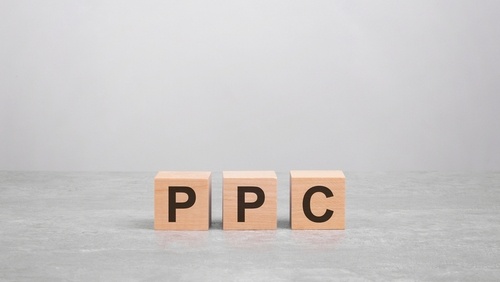Google announced a new algorithm update which aims to promote high-quality product reviews in the search results by identifying which reviews offer more to shoppers.. Any posts which are single reviews or round up reviews such as “top 10s” or otherwise will be impacted by this update – whether positively or negatively. Reviews of products which are in-depth and high quality will likely get a boost in terms of rankings, whereas any others deemed thin or unoriginal will not get promoted as heavily in the search results.
This new Google algorithm update has been coined the “Product Reviews Update” as it only deals with content which are product reviews. This new update finished rolling out on Thursday April the 22nd, and and is only currently looking at English content. This update can also impact your performance in Google Discover, which is featured in various places, most prominently on Android devices.

This new algorithm update essentially boils down to rewarding product reviews which share in-depth rather as opposed to thin content which summarises products.
Google’s own description is as follows:
Google Search is always working to show the most useful and helpful information possible, through testing, experimenting, and review processes. From this, we know people appreciate product reviews that share in-depth research, rather than thin content that simply summarizes a bunch of products. That’s why we’re sharing an improvement to our ranking systems, which we call the product reviews update, that’s designed to better reward such content.
https://developers.google.com/search/blog/2021/04/product-reviews-update
Any reviews which offer unique insights, helpful analysis and research will be rewarded with more visibility. Content which is written by experts or enthusiasts will also be seen more, as Google will view those who write the reviews as more informed about the subject matter.
At the core of it all, Google is simply promoting the best product reviews out there. This encourages people to provide content above the standard review format.
Google has made it clear it is not penalising lower quality product reviews, but rather rewarding those that go above and beyond what would normally be expected. The update should not impact other forms of content other than product review content.
Google also stressed that this is not a core update that has become the norm over the past few years. This is a standalone algorithm update dubbed the “product reviews update”. Yet the advice to produce quality content for your audience remains in place.
As always, the general advice to provide quality content is the key. Google wants to show people high quality content which provides insightful analysis and original research by experts or enthusiasts, rather than serving up sub-par content written by people who are not as knowledgeable. It makes sense then, that Google would be rewarding better quality product reviews with higher rankings rather than simply penalising those which do not quite make the cut.
Google’s advice is as follows:
For those creating content, here are some additional useful questions to consider in terms of product reviews. Do your reviews:
- Express expert knowledge about products where appropriate?
- Show what the product is like physically, or how it is used, with unique content beyond what’s provided by the manufacturer?
- Provide quantitative measurements about how a product measures up in various categories of performance?
- Explain what sets a product apart from its competitors?
- Cover comparable products to consider, or explain which products might be best for certain uses or circumstances?
- Discuss the benefits and drawbacks of a particular product, based on research into it?
- Describe how a product has evolved from previous models or releases to provide improvements, address issues, or otherwise help users in making a purchase decision?
- Identify key decision-making factors for the product’s category and how the product performs in those areas? For example, a car review might determine that fuel economy, safety, and handling are key decision-making factors and rate performance in those areas.
- Describe key choices in how a product has been designed and their effect on the users beyond what the manufacturer says?
In the same post, Google also stressed how it relies on accurate and trusted product data in order to identify what is available to shoppers. You can use GTIN or MPN or brand names to help Google understand what products are discussed. Google recommends the identifiers follow the following best practices:
- Uniqueness: Each product should have a unique identifier that can consistently and accurately be shared across the ecosystem and identify a product in both the physical and digital worlds of commerce.
- Verifiability: Identity of a product (for example, who is the manufacturer) and other product data should be verifiable through a trusted source. This allows marketplaces to verify that product data is accurate and complete through global registries, the organizations that issued and manage the identifiers.
- Global Reach: With ecommerce making the world more connected, relying on an identification system that can be used across the ecosystem globally will help keep product identification seamless for stakeholders in all countries.
If you are looking to improve your organic rankings, or have any questions regarding your own digital marketing, get in touch with the team at Xanthos who will be more than happy to help.






